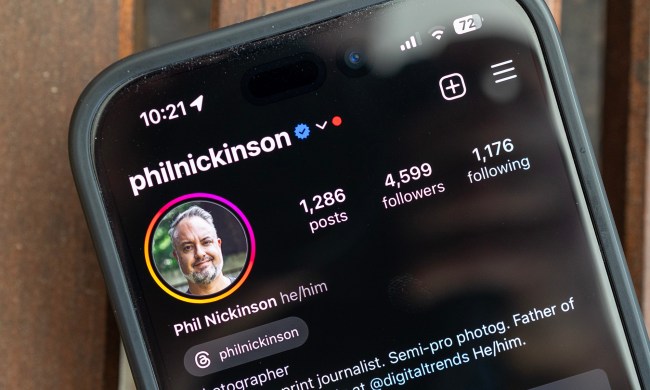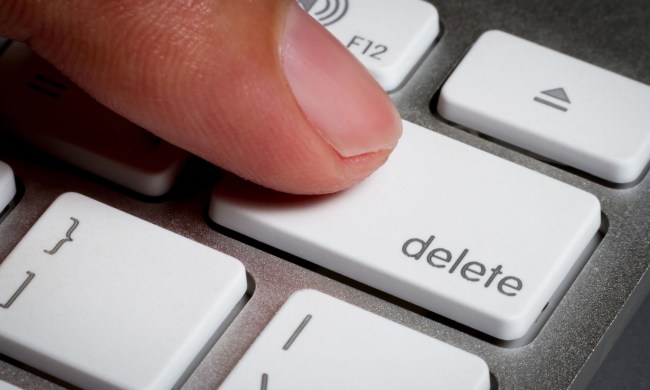
The issue appears to be related to a surge in fake news stories about an explosion in Bangkok. The faked stories all linked back to a news story about an actual bombing that occurred at a Hindu Shrine in October 2015 that was published by the Bangkok Informer.
At the same time, there was news in Bangkok of an incident where a man threw several Ping-Pong-ball-size firecrackers at a government building. There was no actual explosion, according to a BBC report. Although the actual incident was obviously not an emergency, the alert showed links for the faked stories after the safety check, further spreading them. Facebook caught wind of the issue within an hour, and the safety check was deactivated.
Tuesday’s false alarm looks to be the first to be triggered by a fake news story. The system has had other glitches, the most recent being the activation of the safety check in the U.S., U.K., and other countries following a bombing in Pakistan.
The incidents call into question whether Facebook’s decision to make these alerts automatic is a smart move. In November, control of Safety Check was turned over to an algorithm, which scans trending news and posts in an area for incidents.
Facebook told The Verge at the time that the company is using third-party software to filter out false positives, but that did not prevent Tuesday’s errant alert. In a statement, the company did not address the fact that the story was faked, only saying that it “relies on a trusted third party to first confirm the incident and then on the community to use the tool and share with friends and family.”


